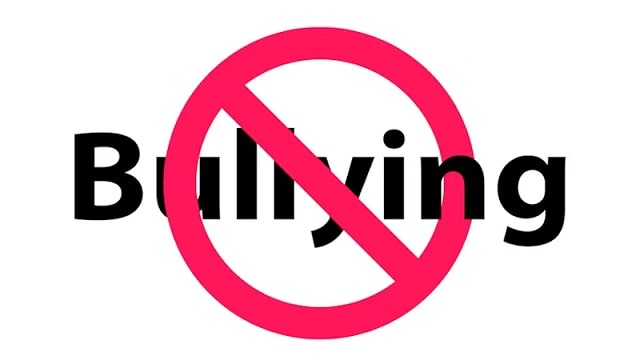
Bullying is a disturbing conduct that inflicts physical or emotional harm on individuals. It can range from verbal, social, to physical harm, and often repeats over time. It is an intentional act of oppression or intimidation from a stronger individual or group aiming to cause harm.
Factors like physical or psychological deficiencies, poor communication skills, inability to defend themselves, low self-esteem, and limited social circle can make someone a victim. On the other hand, lack of self-control, seeking revenge, feelings of threat, desire for domination, exposure to violence, and weak supervision can turn individuals into bullies.
UNICEF identifies bullying as either direct, indirect, or cyber. Direct bullying involves physical or verbal actions, while the indirect form happens nonverbally, often through manipulative behaviors. Cyberbullying happens through digital platforms. It is also categorized into sexual harassment and emotional bullying which aims to generate fear, anxiety, or discomfort.
It’s crucial for parents to recognize signs of bullying in their children to prevent long-term effects like depression and violent behaviors. Sudden behavioral changes, physical abuse signs, avoidance of social situations, or secretive behaviors can indicate bullying.
Understanding the difference between taunting, which tends to be non-repetitive mockery, and bullying, which involves intimidation and repetitive harm is important.
Bullying impacts everyone involved, including the bully and onlookers, with potential consequences like health problems, mental disorders, social relationship disorders, fear of violence, potential criminal behavior, and feelings of guilt.
Preventing bullying involves a comprehensive approach, including maintaining open communication with children and rehabilitation interventions for bullies. It’s crucial for families, schools, and communities to implement prevention measures like creating a safe environment, teaching empathy, setting a good example, and promoting positive activities.






